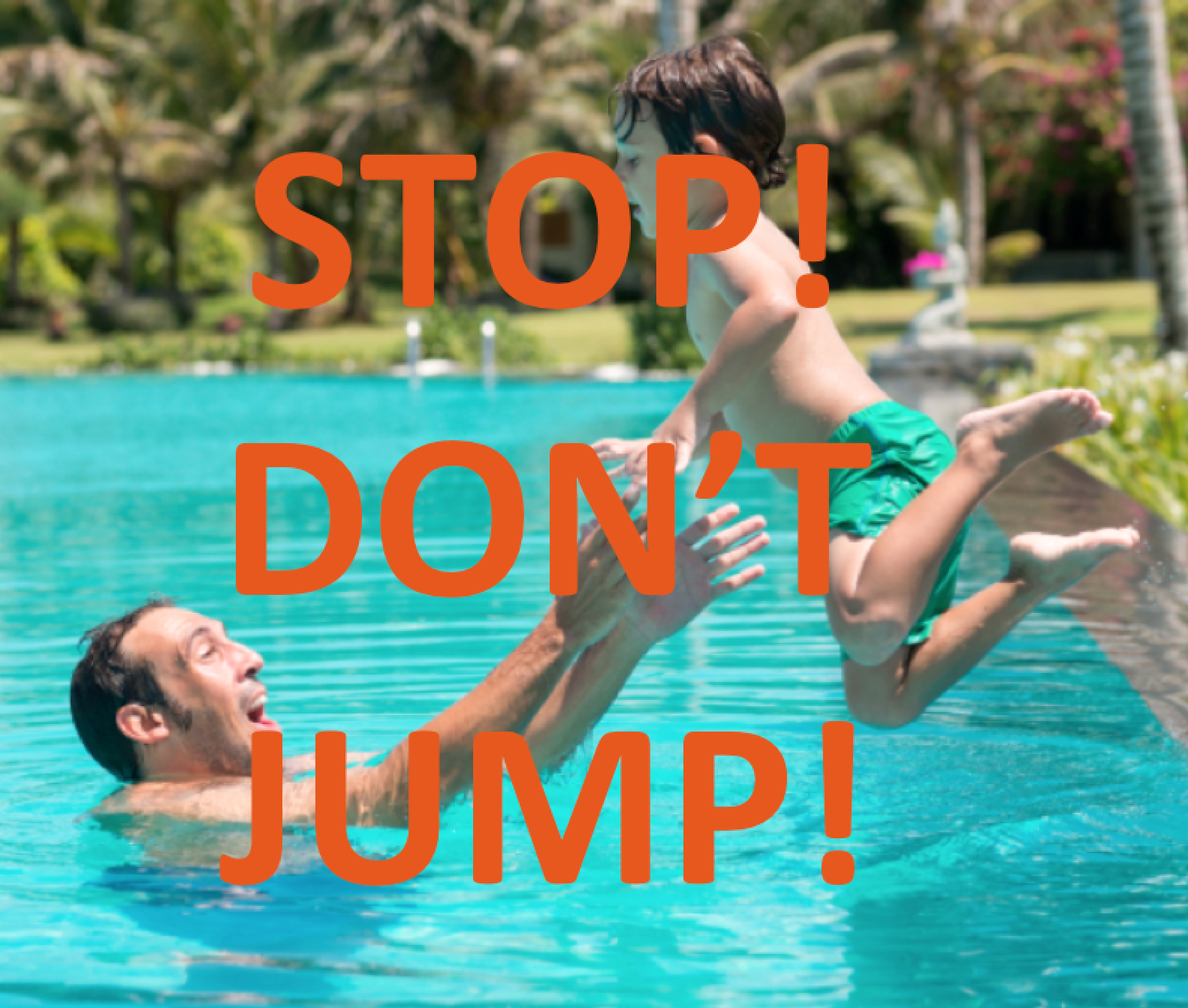Water safety is an attitude that is built up through repeated experiences. Therefore, BEHAVIOUR in and around water is very IMPORTANT.
The commonly referred terms include head first entries, jumping entries both of which encourage the child to jump and submerge into water whilst the instructor or parent rescues them.
Young children around the age of 2 years until 7 years are at the preoperational stage of cognitive development and learning, through repetition. This repetition strengthens connections in the brain. Teaching the association of “1,2,3 jump” and I will catch you, is creating a DANGEROUS behaviour for children in and around water. Furthermore, teaching children to associate nursery rhymes and songs such as “humpty dumpty” whilst they fall into the water and rescued by their parents is giving children a false sense of security, because what happens when the parent is not there to catch them?
Children are inherently curious and inquisitive. They don’t perceive danger or have the knowledge to assess an environment to be safe or unsafe. As parents/carers, educators and as a community it is our job to protect them. That doesn’t mean we should remove all possible dangers, because that isn’t reality. We need to equip our children with the skills and knowledge to respond appropriately to dangerous situations and environments. Although certain explorative behaviours are normal, parents and caregivers must provide adequate supervision at all times.
According to Royal Life Saving Drowning report, in Australia:
- 64% of toddler drownings occur when the child is not being supervised
- Accidental falls into water remain the leading activity prior to drowning among children under 5 years
- Swimming pools account for 67% of all drowning deaths among children under 5 years of age.
- The child drowned in the pool at their primary residence in 71% of cases
“Many Australian children enter into an aquatic experience without any understanding of their personal capabilities or limitations. It is vitally important we provide children with the opportunity to undertake progressive aquatic skill development that considers the experiences and activities that they may be exposed to in the future and provide them with a core set of skills that can be utilised in times of need. ” Justin Scarr – CEO Royal Life Saving
When children learn to survive in water it can translate to all aquatic environments. So as they are graduating through life from childhood to adolescence, they understand their limitations and don’t over estimate their abilities. Water safety education is vital and the skills taught need to be realistic for the person, given their age and aquatic environment.
Yes, we need to be introducing children to safe entry practices, but most importantly the child needs to be skilled to SURVIVE in the water BEFORE they are taught to enter independently.
That’s why at Kids Aquatic Survival School we DON’T encourage children to JUMP into water until fully skilled.
CALL 1800 543 779 TO LEARN MORE
#Floatingsaveslives


